Workout Wednesdays: A Look At The Back To Basics Workout Trend
While working out with weights is a tried and true way of achieving bigger gains, we typically have used the body weight exercises as a way to maintain or tone rather than the core of the workout. This is actually for good reason as the bodyweight exercises only give you as much push as your body has weight and is very easy to become accustomed to. However, in the past few years, a back to basics workout movement has started gaining steam and I wanted to put my two cents in on exactly what to consider when deciding to try it.
The back to basics workout is exactly how it sounds. Instead of using weights or resistance provided by a machine or bands, you use the body you currently have and try to incorporate both cardio and strength exercises into one complete workout. This also coincides with the HIIT workout we mentioned a few weeks back that is high intensity and helps your body with its irregular intervals. In fact, if we look at one of the common circuits you can find online, you’ll be surprised how similar to HIIT these workouts actually are.
Basic Circuit Example
1) Quick Feet
2) Burpees
3) Jumping Jacks
4) Bear Crawls
5) Prisoner Squats
6) Plank Jacks
7) Mountain Climbers
8) Push Ups
This constitutes one circuit and once you complete one, you’re done! For a higher burn, it’s recommended to do this circuit up to three times in a row which isn’t too bad. One of the primary sites I found that recommended this exercise actually said to do each one of these for a minute each, which if you’ve ever tried any of these for a full minute, is a kind of harrowing proposal. Not to say that it isn’t doable, but as a beginner, I would recommend you to do them for at least 30 to 40 seconds each with a 10 – 20-second rest in between. The course of the circuit itself will tire you out to the point that when you hit pushups, you may not actually get even a few in during that 30 seconds due to fatigue. We want to work out, not pass out.
However, the interruption in movement does remind me a lot of the HIIT philosophy of muscle confusion and quick sprints – long reps. Done correctly, this kind of circuit is perfect for one of your off days to keep your cardio and body toned until the next heavy strength or cardio day. I would not, however, recommend it as a complete replacement.
While the back to basics workout is relatively inexpensive and you can do it on your own, after just a few weeks of doing this exercise circuit three times a week, your body will get used to it. Our bodies are flexible and adaptable machines that can adjust and change given the stress put upon it. However, with a body weight exercise, there comes a point where it just becomes ineffective. If you’ve ever known someone who did pushups daily, after a while, they begin to have to set aside a whole hour of time to do their pushups because anything less would do absolutely nothing for their progression. While this is to the extreme, the same goes for every other body weight and cardio based exercise not requiring weights or resistance.
Once you hit that level of comfort with body weight where you stop perspiring, you feel like you could easily do it for another ten minutes, and your heart rate no longer climbs, the exercise just became ineffective for growth. There is nothing wrong with that as a maintaining exercise or a source of conditioning but to really continue to lose weight and build muscle, you have to push your body forward by pushing it with higher weights and requirements that it has to then struggle to adjust to and will lead to bigger gains in all departments. In fact, this is exactly the reason you should hire a personal trainer to keep you moving forward.
That’s my two cents on this back to basics workout and for those who have tried it and love it, that’s great! This is just my opinion on what I believe works and doesn’t work as effectively for what most people are looking for in a workout. Until next time, think healthy, be healthy!



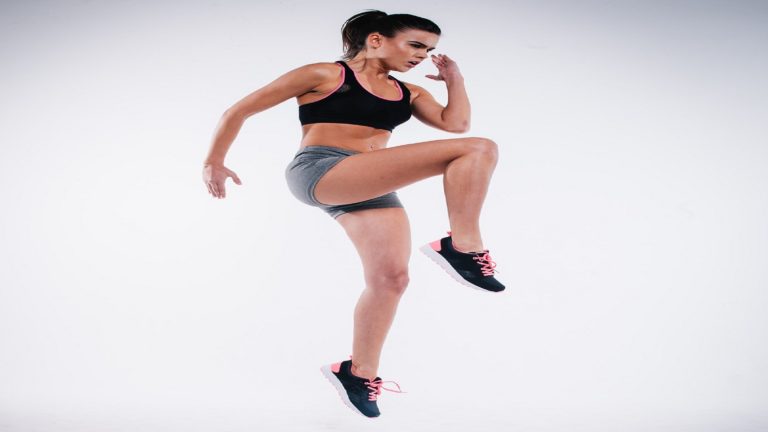

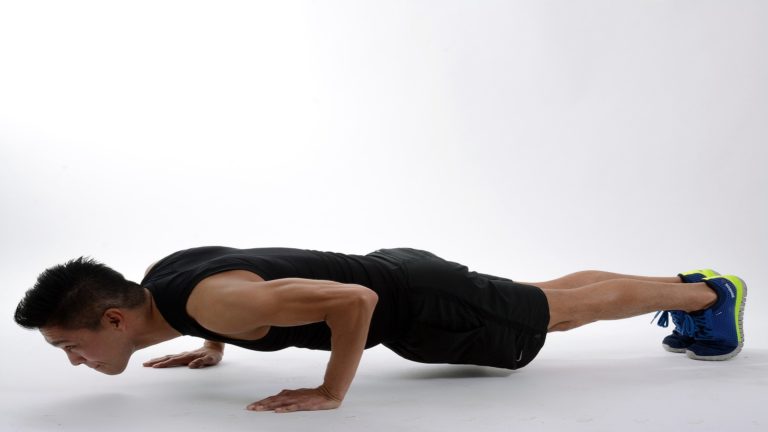

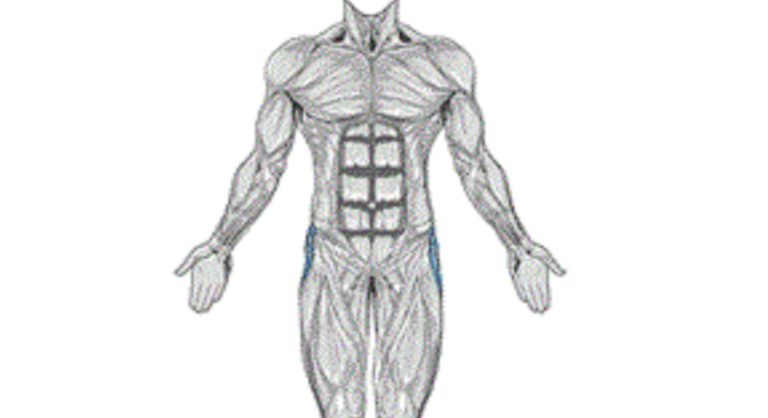

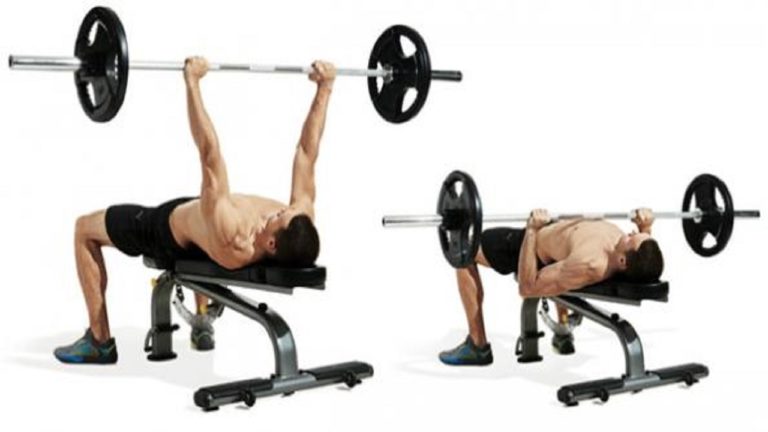
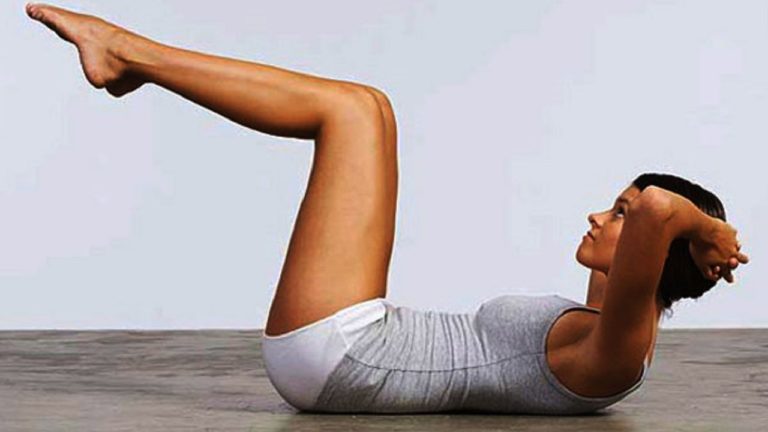
 YES! Contact me today to schedule a FREE no obligation consultation and trial workout.
YES! Contact me today to schedule a FREE no obligation consultation and trial workout.